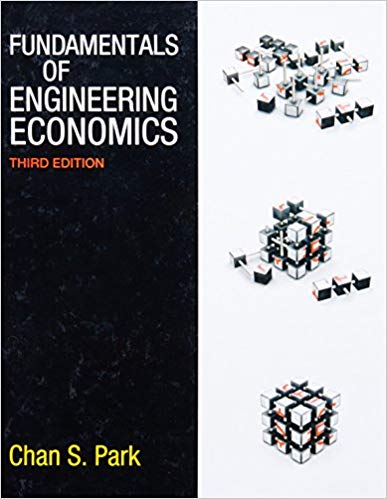H-Robotic Incorporated (HRI), a world leader in the robotics industry, produces a line of industrial robots and
Question:
H-Robotic Incorporated (HRI), a world leader in the robotics industry, produces a line of industrial robots and peripheral equipment that performs many routine assembly-line tasks. However, increased competition, particularly from Japanese firms, has caused HRI’s management to be concerned about the company’s growth potential in the future. HRI’s research and development department has been applying the industrial robot technology to develop a line of household robots. The household robot is designed to function as a maid, mainly performing such tasks as vacuuming floors and carpets. This effort has now reached the stage where a decision on whether to go forward with production must be made. The engineering department has estimated that the firm would need a new manufacturing plant with the following construction schedule:
- The plant would require a 35-acre site, and HRI currently has an option to purchase a suitable tract of land for $2.5 million. The building construction would begin in early 2012 and continue through 2013. The building would cost $10.5 million in total, but a $3.5 million payment would be made to the contractor on December 31, 2012, and another $7 million payable on December 31, 2013.
- The necessary manufacturing equipment would be installed late in 2013 and would be paid for on December 31, 2013. The equipment would cost $18.5 million, including transportation, plus another $500,000 for installation.
- As of December 31, 2011, the company has spent $12 million on research and development associated with the household robot.
(a) What is the equivalent total investment cost (future worth) at the time of completion (December 31, 2013), assuming that HRI’s MARR is 15%?
(b) If the product life is 10 years, what is the required minimum annual net cash flow (after all expenses) that must be generated to just break even? (Ignore any tax considerations.)
Minimum Acceptable Rate of Return (MARR), or hurdle rate is the minimum rate of return on a project a manager or company is willing to accept before starting a project, given its risk and the opportunity cost of forgoing other...
Step by Step Answer:






